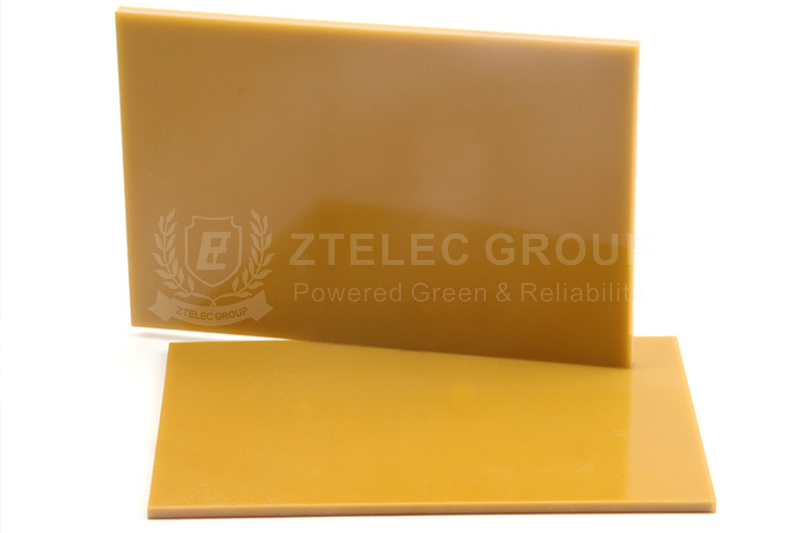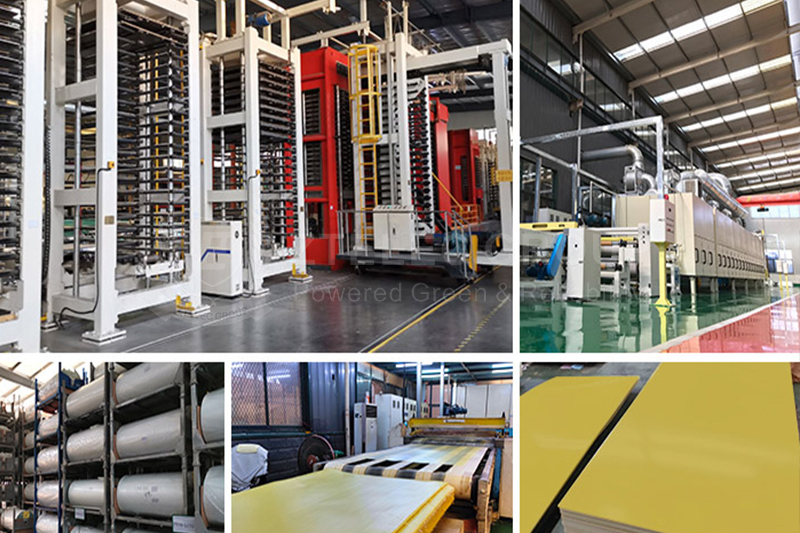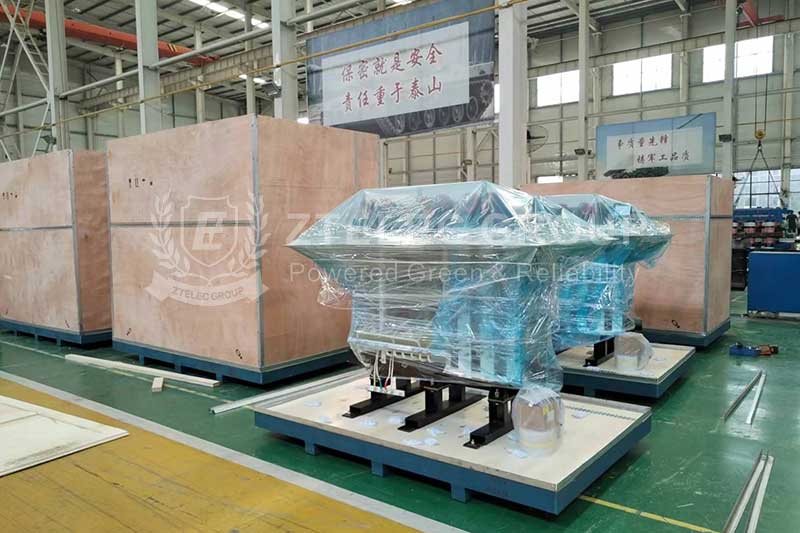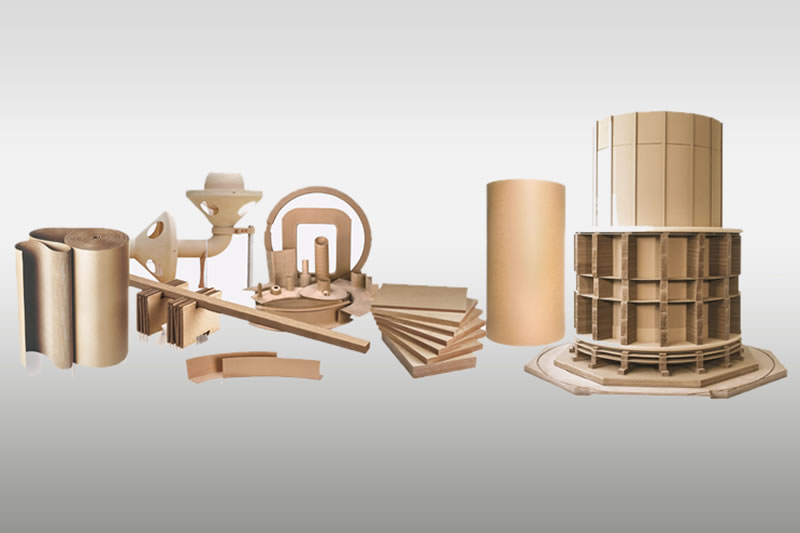How to cut and drill 3240 epoxy sheet? 3 key tips to avoid cracking
In many industrial fields such as electrical, electronic, and chemical industries, 3240 epoxy sheet stands out with its excellent performance and has become an indispensable material. This board is made of epoxy resin and glass fiber cloth. It has good insulation properties, high mechanical strength, and excellent corrosion resistance, so it plays an important role in many application scenarios. Cutting and drilling 3240 epoxy board is a common processing requirement. This article will analyze its processing method in detail, and share 3 key tips to avoid cracking, so as to help you complete the processing task efficiently.
3240 Epoxy Sheet Cutting Processing
Cutting is the basic link in the 3240 epoxy sheet processing process. In the actual operation process, we can choose manual cutting tools or electric cutting machines according to specific needs. Manual cutting tools are suitable for scenes with low precision requirements and small processing volume; while electric cutting machines are more suitable for large-scale or high-precision cutting tasks due to their high efficiency and precision.
During the cutting process, the state of the tool is crucial. We must keep the knife sharp, because a blunt knife will not only reduce cutting efficiency, but also cause an uneven cut surface, which will affect subsequent use. At the same time, controlling the cutting speed and force is the key to avoiding cracks or damage to the epoxy sheet. If the cutting speed is too fast and the force is too strong, the plate will be unevenly stressed locally, causing cracks. Generally speaking, we need to adjust the cutting speed according to the thickness of the plate. The speed can be appropriately increased for thinner plates, and the speed needs to be reduced for thicker plates to ensure the cutting quality.

3240 Epoxy Sheet Drilling Processing
Drilling is also a frequently involved operation in 3240 epoxy fiberglass laminate sheet processing. Our commonly used drilling tools include drill bits and drilling machines. Before drilling, we need to accurately determine the location and diameter of the holes, and use professional marking tools to make clear marks on the epoxy board, because this step directly affects the accuracy and applicability of the subsequent finished product.
When drilling, we must keep the verticality of the drill bit, which is the top priority. If the drill bit is tilted, it will not only cause the drilling to deviate, affecting the assembly effect, but may also cause damage to the epoxy board. In addition, in order to extend the service life of the drill bit and improve the drilling efficiency, it is necessary for us to use coolant for cooling appropriately. Coolant can effectively reduce the high temperature generated during drilling, reduce drill wear, and also take away the debris generated by drilling to ensure the cleanliness of the processing environment.
Three Key Tips to Avoid Cracking of 3240 Epoxy Sheet
1. Material pretreatment
Temperature control: The processing environment temperature has a significant impact on the performance of 3240 epoxy sheet. In low temperature environment, epoxy board will become brittle and easily crack during processing. Therefore, we must ensure that the material is processed at room temperature, generally the ambient temperature is controlled at 15℃ - 30℃.
Humidity management: A humid environment will cause the epoxy sheet to absorb moisture and expand to change its internal structure, which increases the risk of cracking during processing. Therefore, we should avoid processing in a high humidity environment and try to control the ambient humidity between 40% - 60%.
2. Process parameter optimization
Cutting and drilling speed: As mentioned above, we need to flexibly adjust the cutting and drilling speed according to the thickness of the plate. Generally, the thicker the plate, the slower the processing speed should be. For example, for a 3mm thick epoxy sheet, we can control the cutting speed to 20-30cm per minute; for a 5mm thick board, the speed needs to be reduced to 10-15cm per minute.
Tool wear monitoring: The wear of the tool will directly affect the processing quality and the integrity of the plate. We need to check the tool status regularly. When the tool is found to be obviously worn, the edge is blunt or there is a gap, it should be replaced in time. It is recommended that we conduct a comprehensive inspection of the tool after processing a certain number of boards to ensure that it is in good working condition.
3. Post-processing and inspection
Edge deburring: After cutting or drilling, burrs often remain on the edge of the board, which will cause stress concentration and increase the possibility of cracking. We use sandpaper or professional deburring tools to carefully clean the edges to make the edges smooth and flat, which can effectively eliminate the problem of stress concentration.
Quality inspection: We use a magnifying glass or microscope to carefully inspect the cut surface and hole wall to ensure that there are no defects such as cracks and delamination. This step is a key link in ensuring product quality, because any minor defects may cause serious problems in subsequent use.

3240 Epoxy Sheet Post-Processing Recommendations
1. Deburring
We can use fine sandpaper or ceramic fiber brushes to polish the processed surface. Fine sandpaper can accurately remove burrs and make the surface smooth; while ceramic fiber brushes are suitable for cleaning burrs in some complex shapes or corners without damaging the surface of the board.
2. Cleaning
We use isopropyl alcohol to wipe the surface of the board, which can effectively remove debris, oil and other impurities left over from the processing process. It should be noted that we should avoid using corrosive solvents to prevent damage to the surface of the board and affect its performance.
3. Annealing
If necessary, we can bake the epoxy board at a low temperature to eliminate stress. We put the plate into the oven and set the temperature between 60℃ - 80℃. The baking time is determined by the thickness of the sheet and the processing conditions, usually 1 - 2 hours. Through annealing, the internal structure of the board can be made more stable and its crack resistance can be improved.
Precautions
1. Dust will be generated during the processing of 3240 epoxy board, which may cause harm to human health. Therefore, operators must take protective measures and wear protective equipment such as masks and goggles to avoid inhaling dust.
2. Keeping tools sharp is the key to ensuring processing quality and efficiency. We need to maintain and replace the tools regularly to ensure that they are always in the best working condition.
3. Before batch processing, we must first conduct trial production verification. Through trial production, we can promptly discover possible problems in the processing process, adjust process parameters, and avoid waste products during batch production, causing unnecessary losses.
By mastering the above-mentioned cutting and drilling methods of 3240 epoxy sheet and techniques to avoid cracking, we can effectively improve processing quality and efficiency and meet the processing needs of 3240 epoxy board in different industrial fields. In actual operation, we also need to flexibly apply these methods and techniques according to specific circumstances, and continuously accumulate experience to achieve better processing results.
- more+releated article
- 2025-12-13G10 and FR4 Epoxy Boards: Commonly Used for Ge
- 2025-12-13Comparison of Heat-Resistant DDP Insulating Pa
- 2025-12-12Price of a 1600kVA 10kV Cast Resin Dry-Type Tr
- 2025-12-12How to Choose Epoxy Laminate Materials for Gen
- 2025-12-11Protection Configuration Principles for 35kV D
- 2025-12-11The Price of Heat-Resistant DDP Insulation Pap
- 2025-12-10Application Prospects of 10kV/35kV Oil-Immerse
- 2025-12-09How to Reduce the Maintenance Cost of Oil-Imme
- 2025-12-09How to Choose the Best 110 kV Oil-Immersed Pow
- 2025-12-08Heat-Resistant DDP Insulation Paper





